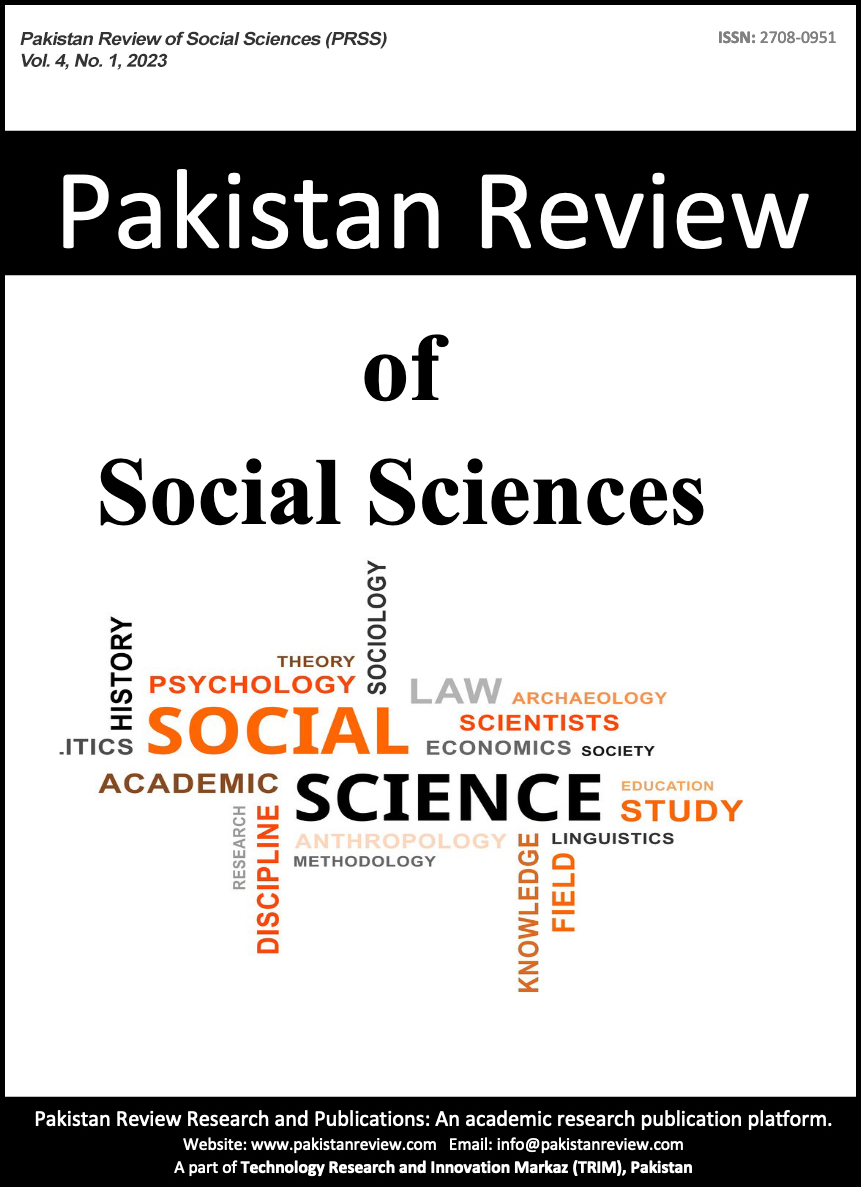Media Literacy in Youth: Media usage in youth on Secondary School Level
Keywords:
Media literacy, digital world, prosumers, youth media usage, responsible mediaAbstract
Media literacy, the ability to access, analyze and use media, is of increasing importance in the digital age, particularly for young people who are actively engaging with media to access and disseminate information and represent themselves in online communities. The youth of today have become "prosumers" of media content, meaning they are not just passive consumers but also produce content themselves. Consequently, it is essential to examine the media practices of young people. This study investigates the media practices of secondary school students by conducting a survey. The results, analyzed using SPSS, reveal that students are well-informed about current media platforms and are increasingly engaged in creating content. This shift from consumption to production suggests that young people are becoming more media literate and developing important skills that will enable them to participate more effectively in the digital world. The findings of this study can help educators and policymakers in developing strategies to enhance media literacy among young people and promote responsible media use.
Downloads
Published
Issue
Section
License
Copyright (c) 2023 Javeria Tahir, Erham Ahmed

This work is licensed under a Creative Commons Attribution 4.0 International License.
Submission declaration
Authors retain the copyright to their work and grant the Pakistan Review of Social Sciences (PRSS) the right of first publication under a Creative Commons Attribution 4.0 International (CC BY 4.0) license. This license allows others to share, adapt, and reuse the work for any purpose, including commercial use, as long as appropriate credit is given to the original authors and the journal.
By submitting a manuscript, authors confirm that the work has not been published previously (except as an abstract, lecture, or academic thesis), is not under review elsewhere, and has been approved by all authors and relevant authorities. Once accepted, the article will be openly accessible under the CC BY 4.0 license, ensuring wide dissemination and reuse with proper attribution.






